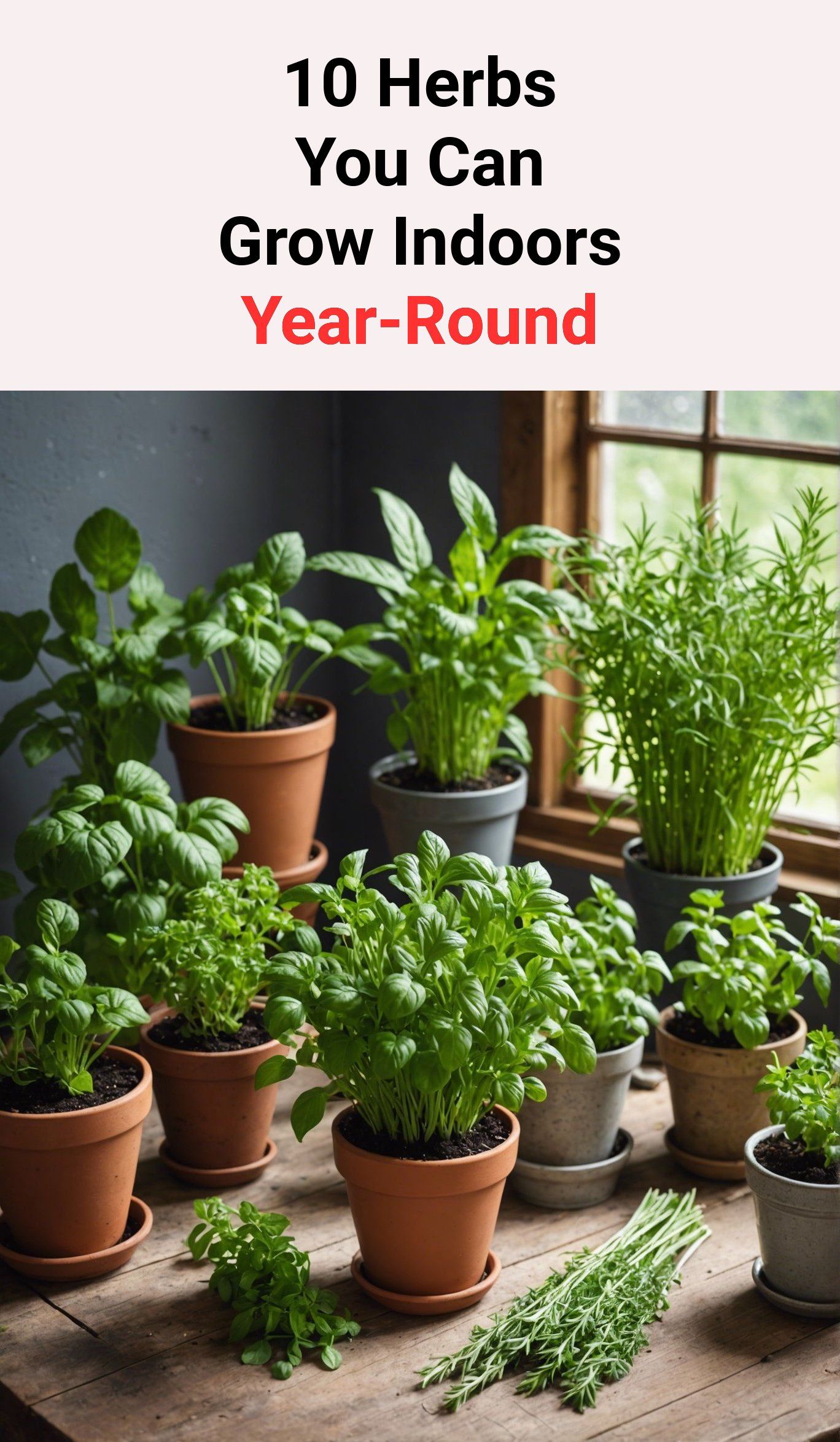Beautiful Plants For Your Interior
Beautiful Plants For Your Interior
Unlock the freshness of homegrown herbs all year! As an expert in indoor gardening, I’ll guide you through 10 remarkable herbs that thrive indoors, bringing vibrant flavors and aromas to your culinary creations.
From savory basil to refreshing mint, discover the best picks for your indoor herb garden.
Let’s embark on this aromatic journey and enhance your dishes with the convenience of fresh herbs at your fingertips.
| 1. Basil | Easy to grow, prefers warm and humid conditions. |
| 2. Chives | Requires bright light, can tolerate cooler temperatures. |
| 3. Cilantro | Prefers cool, moist conditions, can bolt in high heat. |
| 4. Dill | Grows best in full sun, can be prone to pests. |
| 5. Mint | Highly invasive, prefers moist soil and partial shade. |
| 6. Oregano | Prefers warm, dry conditions, can be grown in containers. |
| 7. Parsley | Needs bright light, can be grown in a variety of soil conditions. |
| 8. Rosemary | Requires full sun, prefers well-drained soil. |
| 9. Sage | Prefers well-drained soil, can be drought-tolerant. |
| 10. Thyme | Grows best in full sun, prefers sandy or rocky soil. |
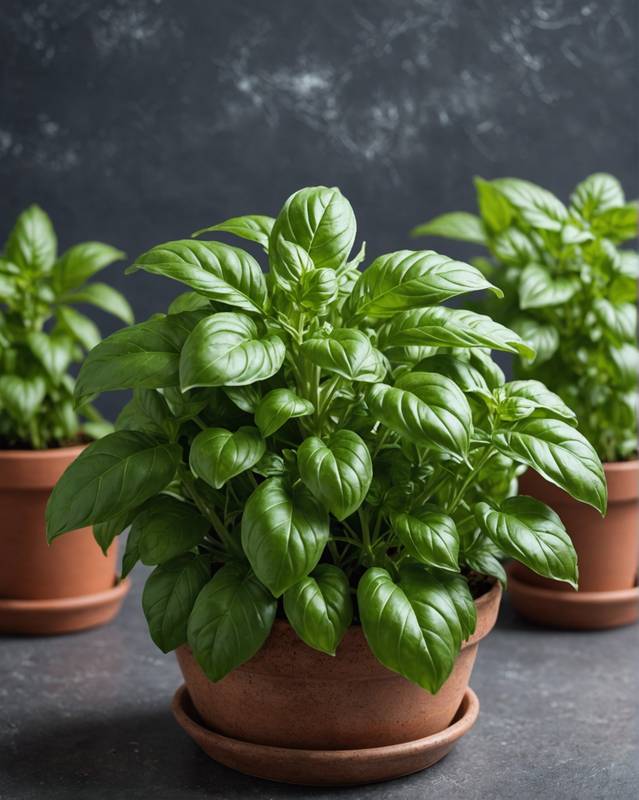
Basil, with its fragrant leaves and versatile flavor, thrives indoors year-round.
Its adaptability makes it a reliable herb for both novice and experienced gardeners.
Basil prefers bright, indirect light and well-draining soil.
Water it regularly, allowing the soil to dry out slightly between waterings.
To encourage bushy growth, pinch off the tips of the stems.
Whether you’re using it fresh in salads or drying it for later use, basil’s aromatic presence will always add a touch of freshness to your indoor garden and culinary creations.
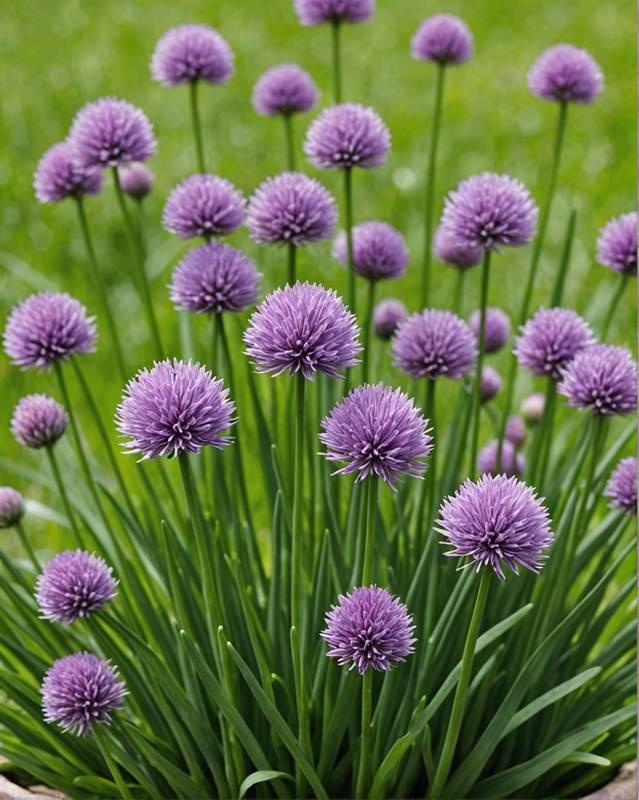
Chives add a delicate oniony flavor to your indoor garden.
They are a fast-growing herb that is easy to care for.
Chives prefer indirect light and well-drained soil.
Water them regularly, but avoid overwatering.
You can harvest chives by snipping the leaves at the base of the plant.
Chives are a great addition to salads, soups, and dips.
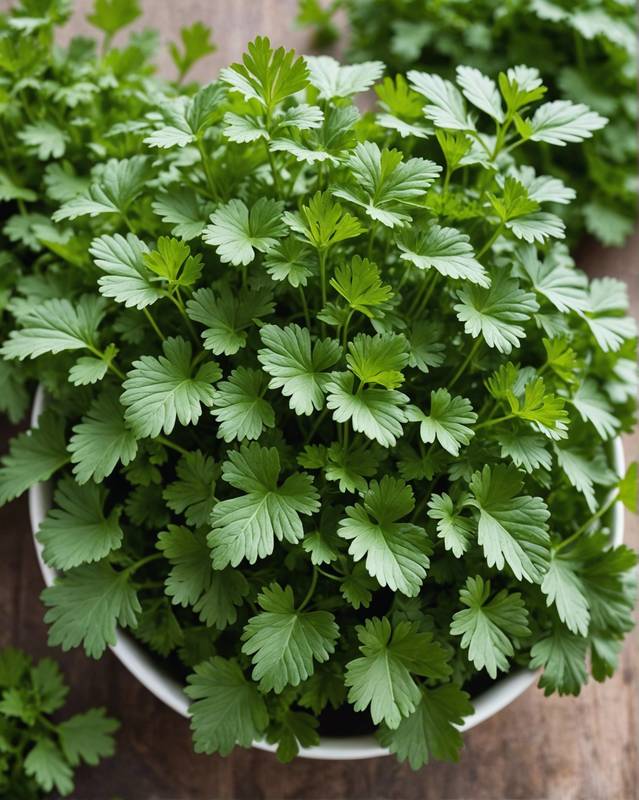
Cilantro adds a bright, citrusy flavor to a variety of dishes. It’s a popular ingredient in Mexican, Thai, and Vietnamese cuisines.
Cilantro is easy to grow indoors, and it can be harvested year-round.
To grow cilantro indoors, you’ll need a pot with drainage holes, potting mix, and cilantro seeds. Cilantro prefers full sun to partial shade and well-drained soil.
Keep the soil moist, but not soggy.
Cilantro is ready to harvest in about 60 days. Simply cut the leaves off the plant as needed.
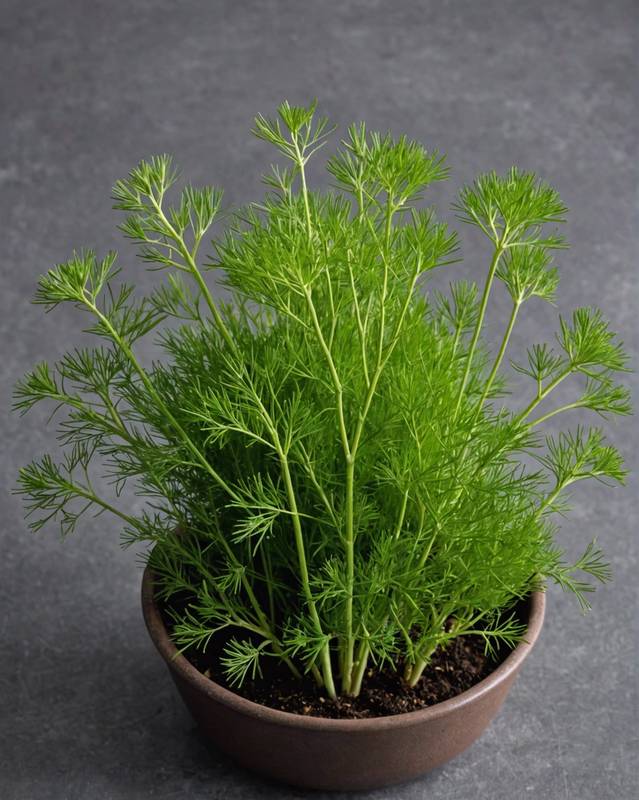
Dill is a versatile herb that adds a fresh, slightly tangy flavor to dishes.
It’s easy to grow indoors, making it a convenient addition to any kitchen.
Dill prefers well-drained soil and plenty of sunlight, so a sunny windowsill or grow light is ideal.
Water your dill regularly, but allow the soil to dry out slightly between waterings.
Dill can be harvested by snipping off the leaves or stems as needed.
Use fresh dill to add flavor to salads, dips, soups, and other dishes.
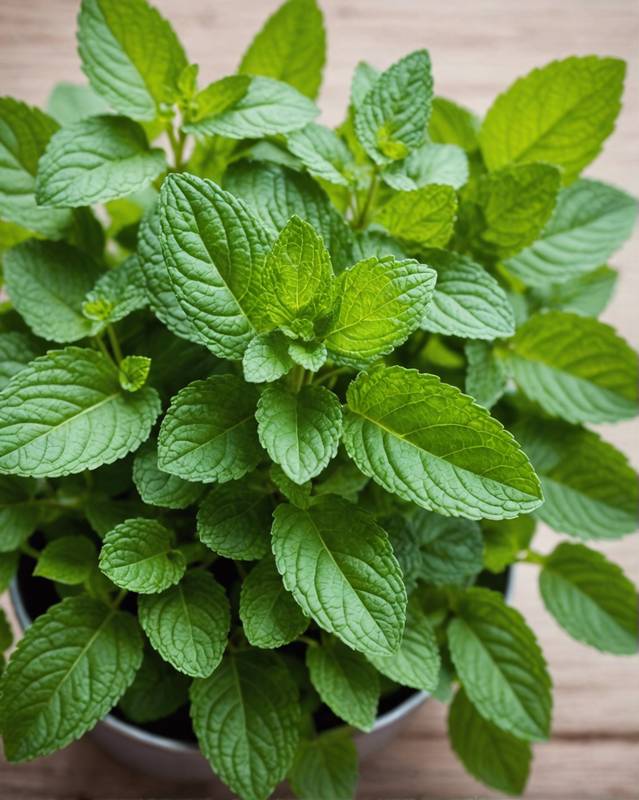
This ancient herb is easy to grow indoors and requires little care. Its fresh, slightly sweet flavor makes it a versatile herb for cooking and tea.
Mint prefers moist soil and indirect sunlight and will thrive in a pot on a windowsill.
It can also be grown hydroponically, which is a great option if you have limited space. Trim the leaves regularly to encourage bushier growth and to prevent flowering.
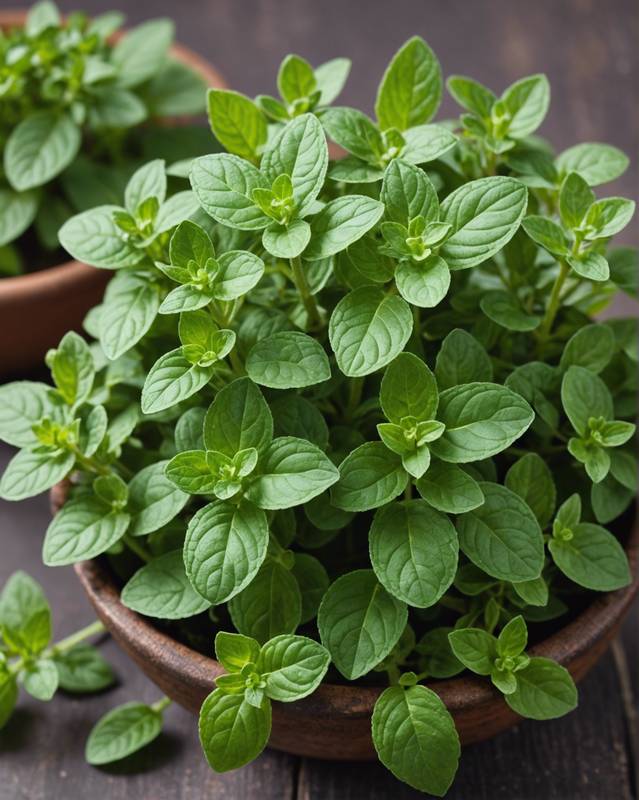
Oregano is a versatile herb that thrives indoors with plenty of sunlight or grow lights. Its aromatic leaves add a savory flavor to a variety of dishes.
Oregano is relatively easy to grow, requiring well-draining soil and consistent watering.
To encourage bushier growth, pinch back the stems regularly. With proper care, you can enjoy fresh oregano year-round, adding a delicious touch to your home-cooked meals.
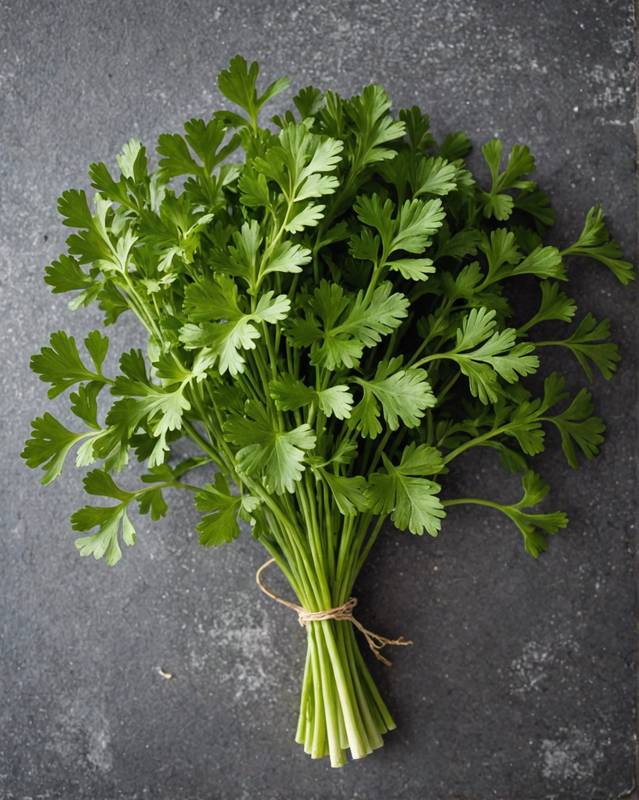
Parsley is a versatile herb that adds a bright, fresh flavor to various dishes. Growing it indoors year-round is effortless, making it a staple for any home gardener.
Parsley prefers well-drained soil, ample sunlight, and regular watering.
To grow parsley indoors, sow seeds in a pot filled with moist, well-draining potting mix. Keep the soil consistently moist, and ensure the pot has drainage holes to prevent waterlogging.
Provide plenty of bright, indirect light by placing the pot near a sunny window.
With proper care, you’ll have a thriving parsley plant that provides you with fresh herbs throughout the year.
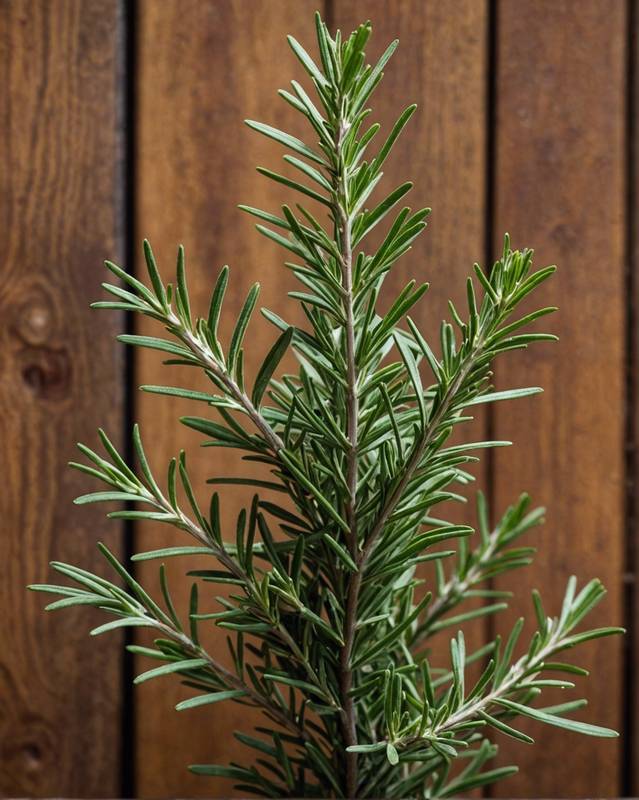
Rosemary is another herb that’s quite easy to grow indoors. It prefers bright, indirect light and well-draining soil.
Water it when the soil is dry to the touch, and fertilize it monthly during the growing season.
Rosemary is a versatile herb that can be used in a variety of dishes, from savory to sweet. It’s also a good source of antioxidants and has been shown to have anti-inflammatory properties.
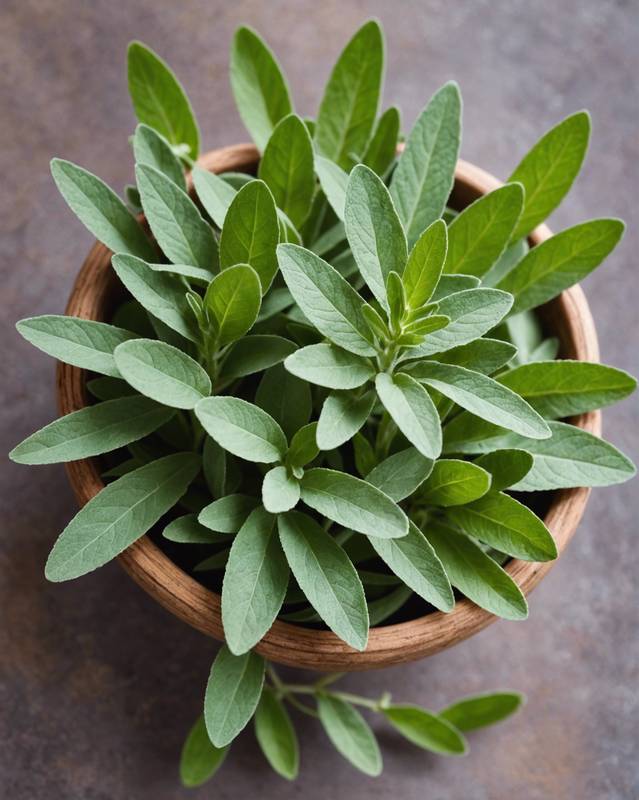
Sage is prized for its distinctive earthy and slightly spicy flavor.
Indoor growth is accessible, requiring well-drained soil and ample sunlight.
Enrich the soil with organic compost to boost plant health.
Keep the soil moist but not soggy.
Regular misting provides the necessary humidity.
To propagate, cuttings can be rooted in water or soil.
Sage adds a unique touch to herbal teas, salads, and marinades.
Its versatility makes it a valuable addition to any indoor herb garden.
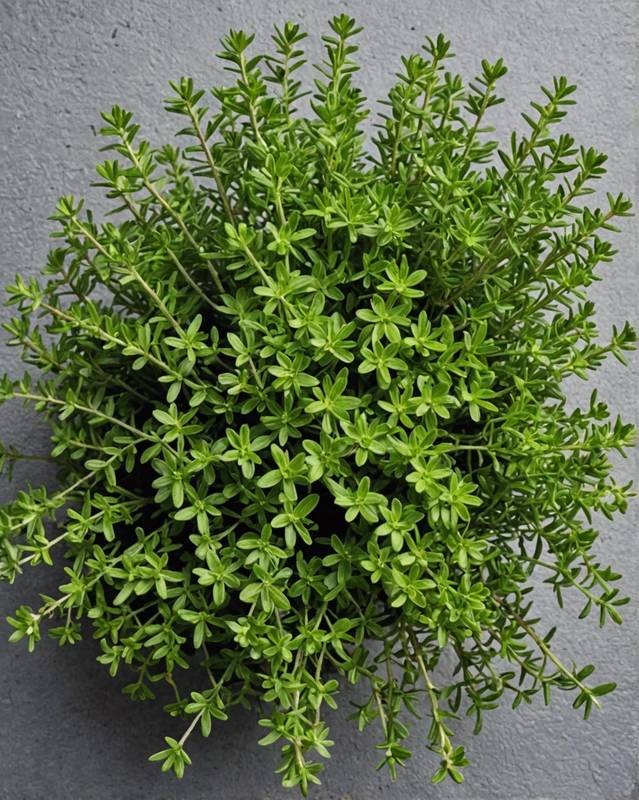
Thyme adds a robust, earthy flavor to a wide range of savory dishes. Growing this herb indoors is easy, as it prefers well-draining soil and plenty of sunlight.
Simply plant thyme seeds in a pot and place them in a sunny spot.
Water regularly, allowing the soil to dry out slightly between waterings. With a little care, you’ll have a thriving thyme plant that provides you with fresh herbs all year long.
